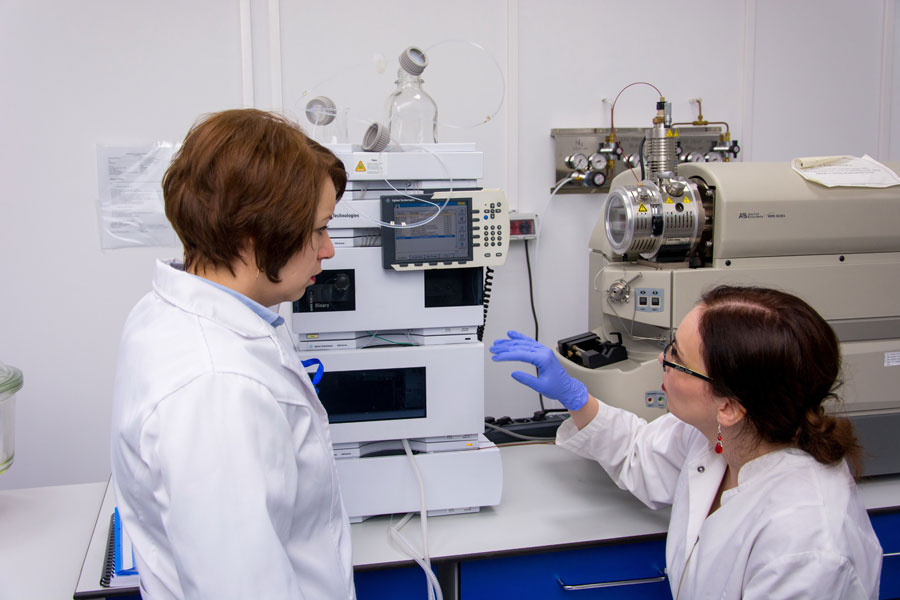E. M. Carstea, L. Ghervase, G. Pavelescu, D. Savastru, Assessment of the anthropogenic impact on water systems by fluorescence spectroscopy, Environmental Engineering and Management Journal, 8/6 (2009) 1321-1326
Title: Assessment of the anthropogenic impact on water systems by fluorescence spectroscopy
Abstract: Organic matter is ubiquitous in every type of aquatic system and due to the influence that it has on their ecological health, can be used as a useful water quality indicator. Fluorescence spectroscopy has been efficiently used in the past decades to determine and characterize organic matter, and its link to function and chemical water quality.
In this paper, fluorescence fingerprints are presented in order to evidence the anthropogenic influence on different aquatic systems. Using fluorescence measurements microbial and terrestrially derived organic matter have been identified at samples collected from lakes, ponds and rural and urban rivers. Unpolluted rivers are characterized by the fluorescence of terrestrially derived components, while sewage impacted rivers show the fluorescence of the microbial derived components. The eutrophication process is the major reason for the appearance of both microbial and terrestrially components in lakes and ponds. The results have proved that fluorescence spectroscopy is a very effective tool in water pollution detection and assessment.
Key words: anthropogenic impact, dissolved organic matter, fluorescence fingerprints


























